I have generated .pfx, .pvk and .cer certification files.
In Azure:
- I created a new Vault, let's call it MyVault
- In MyVault, I created a Secret called SubscriptionKey
- MyVault has a Certificates section to which I've uploaded
MyCertificate.cerfile.
Confusingly enough, Azure also has a "Azure Active Directory" section where I can also upload Certificates. This is what I understood from researching, to be the place where to upload the certificate, and get the associated clientId and tenantId needed for the ClientCertificateCredential constructor.
Goal: Retrieve the secret value from MyVault using a Certificate and the code:
public static string GetSecretFromAzureKeyVault(string secretName)
{
string vaultUrl = "https://MyVault.vault.azure.net/";
string cerPath = "C:\\Personal\\MyCertificate.cer";
ClientCertificateCredential credential = new(
"xxxxxxxx-xxxx-xxxx-xxxx-xxxxxxxxxxxx",
"xxxxxxxx-xxxx-xxxx-xxxx-xxxxxxxxxxxx",
cerPath
);
SecretClient client = new(new Uri(vaultUrl), credential);
KeyVaultSecret secret = client.GetSecret(secretName);
return secret.Value;
}
When running the code I'm still getting null for the line:
KeyVaultSecret secret = client.GetSecret(secretName);
Any suggestions on what I've done wrong in this flow or regarding the resources?
EDIT:






